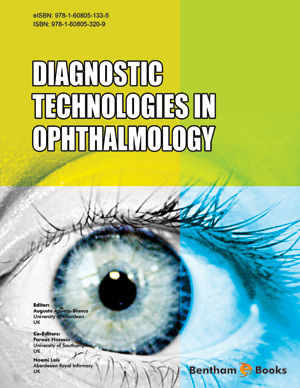Abstract
SHS investigation development is considered from the geographical and historical viewpoint. 3 stages are described. Within Stage 1 the work was carried out in the Department of the Institute of Chemical Physics in Chernogolovka where the scientific discovery had been made. At Stage 2 the interest to SHS arose in different cities and towns of the former USSR. Within Stage 3 SHS entered the international scene. Now SHS processes and products are being studied in more than 50 countries.
Abstract
Traditional ophthalmic instruments such as the slit-lamp are limited in their ability to permit high resolution evaluation of ocular structures. In contrast, in vivo corneal confocal microscopy (IVCCM) utilizes the principle of confocal optics where the observation and illumination system of the optical device meet at a single point. Light reflected by structures from outside the focal point is thus excluded, increasing the image resolution and contrast compared to conventional light biomicroscopy. The technology of IVCCM has been applied in Ophthalmology and commercially available devices provide non-invasive high-resolution images of the cornea, limbus and conjunctiva, providing images with magnification of up to 400 times. IVCCM allows early detection and diagnosis of infectious keratitis, showing features of bacterial, viral, fungal or protozoal infection. In Acanthamoeba keratitis, IVCCM is particularly helpful in disease management compared to other methods. In corneal dystrophies, IVVCM can be used to characterize dystrophies, as well as, assess disease progression. Although a range of interesting applications has been found, there are still limitations of IVCCM due to the narrow field of view and dependence on skilled operators and interpretators. Despite these constraints, the usefulness of IVCM to analyze ocular surface structures at a cellular level in normal and pathologic conditions is proving to be helpful in disease management.
Keywords:
Confocal microscopy, cornea, limbus and conjunctiva, keratitis, uveitis, bacteria, viruses, fungi, Acanthamoeba, dystrophies, ocular surface, tandem scanning, slit-scanning, corneal nerves, epithelial layer, Bowman’s membrane, stroma, keratocyte, Descemets, corneal endothelium, metabolic corneal disease, corneal dystrophies, neuropathies.
Recommended Chapters
We recommend

Authors:Bentham Science Books


 Download PDF Flyer
Download PDF Flyer



